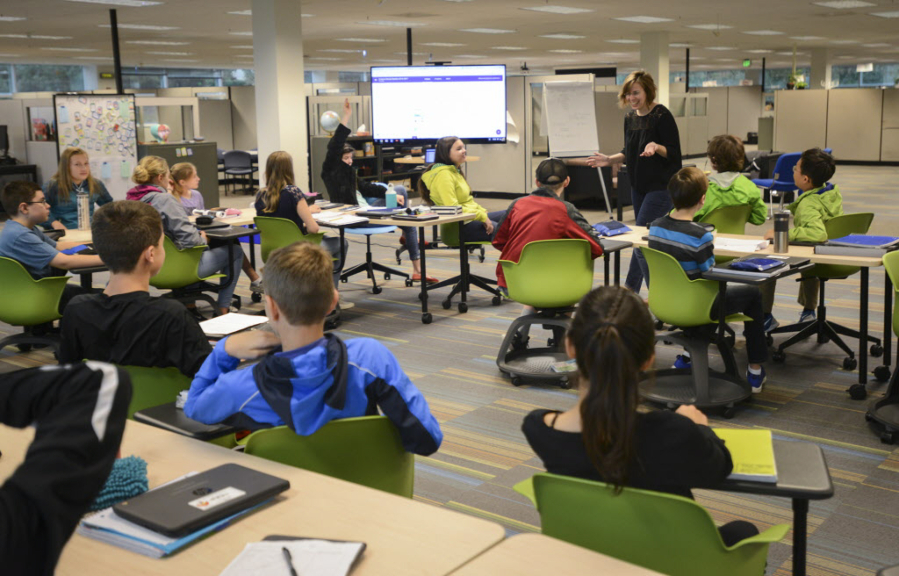In Camas, there are two replacement levies up for vote: a maintenance and operations levy and a technology levy. In Camas, levy money makes up approximately 20 percent of the district’s budget.
The maintenance levy would collect $16.1 million, $16.6 million, $17.1 million and $17.6 million over the next four years, while the technology levy would bring in $1.70, $1.75 million, $1.80 million and $1.85 million to Camas during that same time frame.
The district estimates residents would pay 6 cents more a year if the two replacement levies pass, with the district’s projected rate going up to $6.31 per $1,000 of assessed home value for 2018-2020. The current rate is $6.25 per $1,000 of assessed home value. In the levies’ fourth year, the district estimates the rate will go down to $5.83 per $1,000 due to paying off bond debt.
The district doesn’t control the actual rate, though.
The extra money will be used to deal with enrollment growth through staff for smaller class sizes, textbooks, curriculum materials, health room staff, AP, Hi-Cap and accelerated programs, special education staff and technology support staff. It will also be used for extracurricular programs and grounds, maintenance and utilities.




